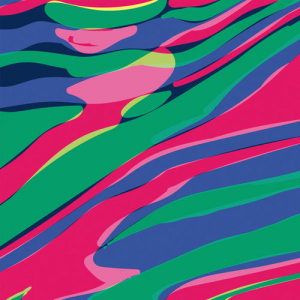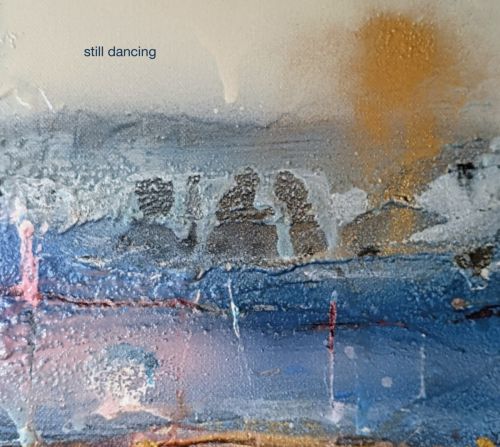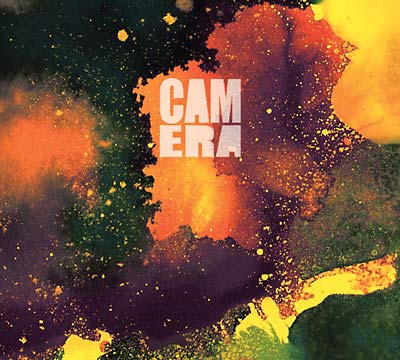 Presented in a double-disc package containing both CD and DVD versions, the former holding the music in standalone album format, while the latter combines it with the visuals, which are not merely an addendum, but integral to WIDT‘s work.
Presented in a double-disc package containing both CD and DVD versions, the former holding the music in standalone album format, while the latter combines it with the visuals, which are not merely an addendum, but integral to WIDT‘s work.
The combination of voice, electronic music and visuals on WIDT‘s seven tracks unwind in a welter of abstraction and detailed close-ups, analogue synthesis ripples and the recursive echoes and effects applied to Nowacka’s voice. She ululates and croons wordlessly into the spiralling cathode-ray feedback, the music shifting from evocative multi-tracked swoons to the guttural drones and sprawling tape-looped weft and weave of avant-garde raster shapes drafted into the service of wordless eloquence that accompany the tumbling lysergic virtual snow-patterns on screen. This is delivered with a particular fragility on “Sole Thithu”, the electronic scuttlings, layered vocals and ever-evolving screen-shifts combining into a hypnagogic whole that is at once enthralling and sometime more than slightly unnerving as it enters into the visual cortex.
While Piotrowska’s techniques occasionally call to mind the highly abstracted use of video by the likes of Cabaret Voltaire or numerous other artists who delved into the possibility that analogue video offered from the 1960s onwards, hers is a particular and deftly-rendered and individual style that finds the right balance between overwhelming use of saturated colour and liquid effects in continuous motion. This is particularly evident on tracks like “Joleusa” and the concluding “Aijala” where diamond and triangle motifs are subjected to increasingly powerful tensions as Nowacka sways and twitches the audio component from soft and beguiling right up to the soaringly sublime.
-Linus Tossio-



